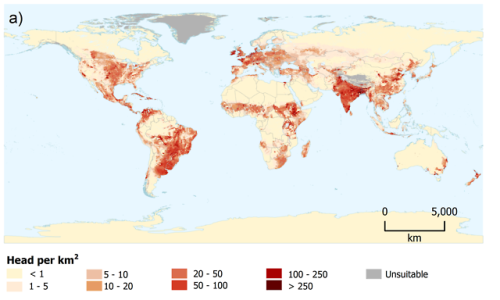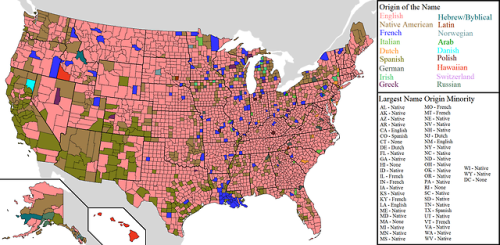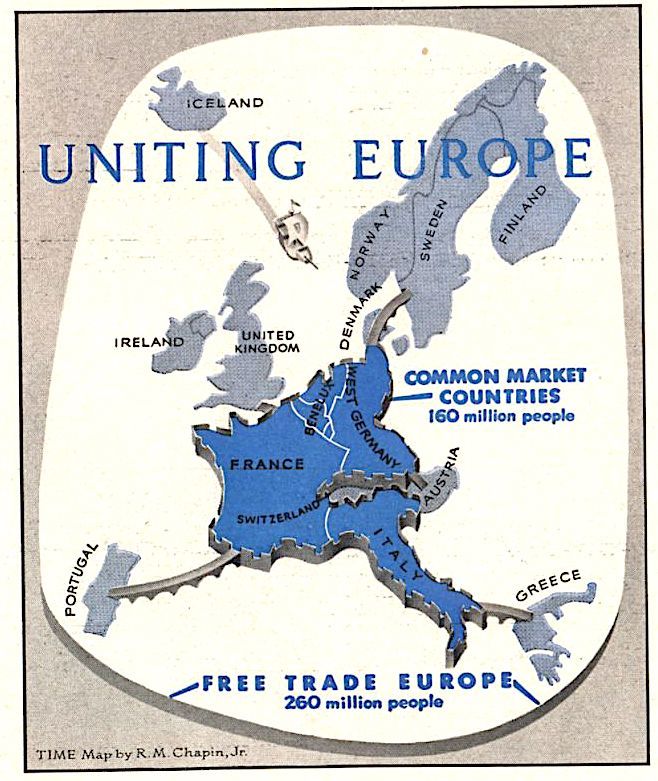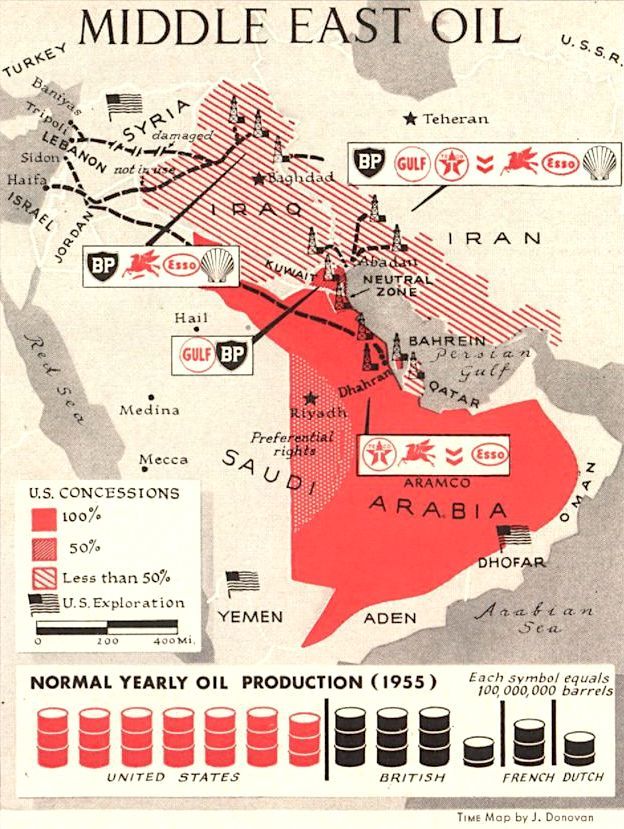UNITING EUROPE
Out of the ashes and gutted cities of World War II, idealists tried to create a united Europe by means of a political idea: the Council of Europe. They failed. Then came the hardheaded soldiers and diplomats who wanted to “build Europe” through a European army in a common uniform—and in the ugly, fruitless debate over EDC, all the idealism almost went out of the European dream. Last week, somewhat to their surprise, Europeans found themselves being offered a third chance to build Europe. This time the approach was economic, and, surprisingly enough, the chances were good.
For nearly a year, in a chateau outside Brussels, a small corps of economists, technicians and bureaucrats have been at work to establish a common market (goods and workers moving as freely as between California and New York) among the six nations—France, West Germany, Italy, Belgium, The Netherlands and Luxembourg—which belong to the European Coal and Steel Community. These planners have the backing of every government involved, and they mean business. Their plan calls for:
¶Creating a common market of 160 million people.
¶Cutting tariffs between the six nations by 30% in the next four years, and gradual elimination, over a maximum period of 15 years, of all tariffs and import quotas between them.
¶Establishing, during the same period, common tariffs against outside nations at an average level lower than France’s, higher than the Low Countries’.
¶Abolishing discriminatory transportation charges, such as higher rates for goods originating in another country.
¶Permitting free movement of labor, so that labor-hungry areas such as Germany’s Ruhr can sop up some of Italy’s 2,000,000 unemployed.
¶Permitting free movement of capital, thus making it easier for European industrialists to invest their money where it will be most productive.
¶Equalizing corporate taxes and working conditions. (France, whose cradle-to-grave social security system is the most costly in Europe, is demanding that other nations “harmonize” their welfare systems, overtime rates, etc., with hers.)
TIME, 28 January 1957
The European Common Market was created by the Treaty of Rome, signed on 25 March 1957. This organization eventually provided the basis for the European Union, founded in 1993.












